I have made space my chosen focus for experimentation and I conceptualize it through my artworks, transforming the materiality of a place as well as how it is perceived by the observers. I’m inspired by what already exists in order to highlight and create new relationships with space and new scale values. My artworks then become penetrable, situated within an in-between space in which the objects, that seem utilitarian, finally reveal a precarious balance. I question—between two and three-dimensions—the space itself and perhaps even attempt to redefine it.
Works

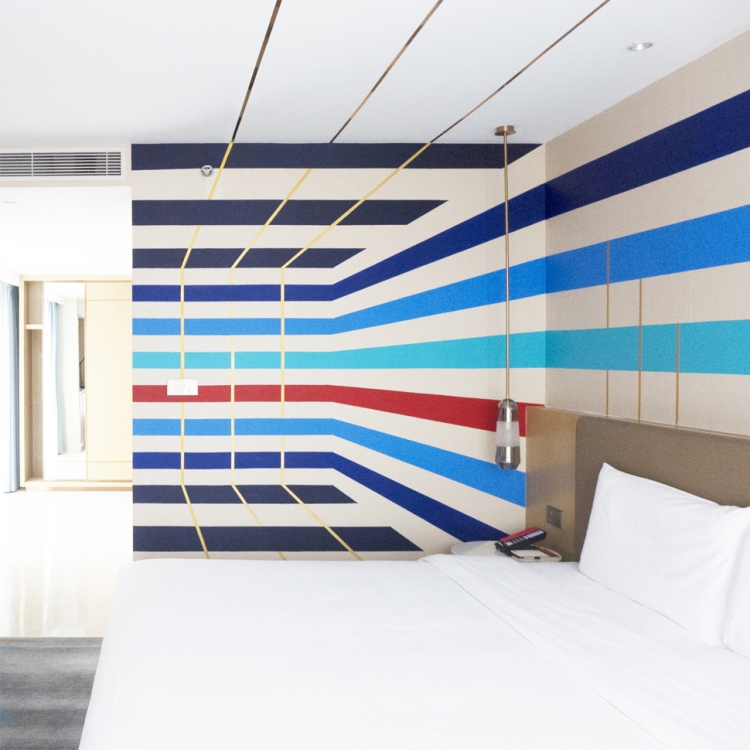
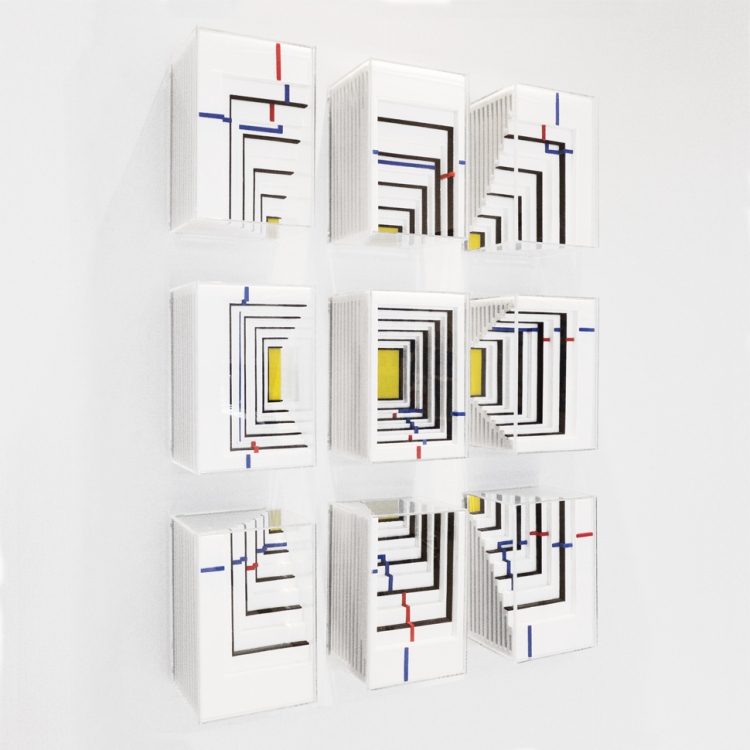
Curriculum Vitae
EDUCATION
2014 Master’s II degree in Design – University of Toulouse Jean Jaurès, France
2011 Bachelor’s degree in Architectural Design – Gerrit Rietveld Academy, Amsterdam, The Netherlands
EXHIBITION & AWARD
2023 Color 2023 (group) – CICA Museum, Gimpo-si, South Korea – Link
2022 Art & Design – Bastille Design Center, Paris, France
2022 Digital Art Award First prize – Bastille Design Center / Le mag Art & Design
2021 44è Salon de Saint-Antonin, Saint-Antonin-Noble-Val, France
2020 There is a form 有一种形式 – Songdong Art District 松东艺术区, Beijing, China – Link
2020 Powerlong Art Center 宝龙艺术中心, Hangzhou, China
PUBLICATION & REVIEW
2023 Artist Closeup Contemporary Art Magazine #3 – Link
2020 Galeria Antoni Pinyol – 30 anys d’art contemporani i avantguardista (book)
2019 September – N°30 – A5 (Magazine)
2019/08/16 – La Dépêche (Local news paper) – Claire van der Boog, artiste – Link
2016/06/20 – Le courrier de Floride (Webzine) – Claire van der Boog décore les bureaux d’Airbus Miami – Link
2016/04/29 – La Dépêche du Midi (Local news paper) – Claire van der Boog: une artiste à Miami – Link
What’s going on
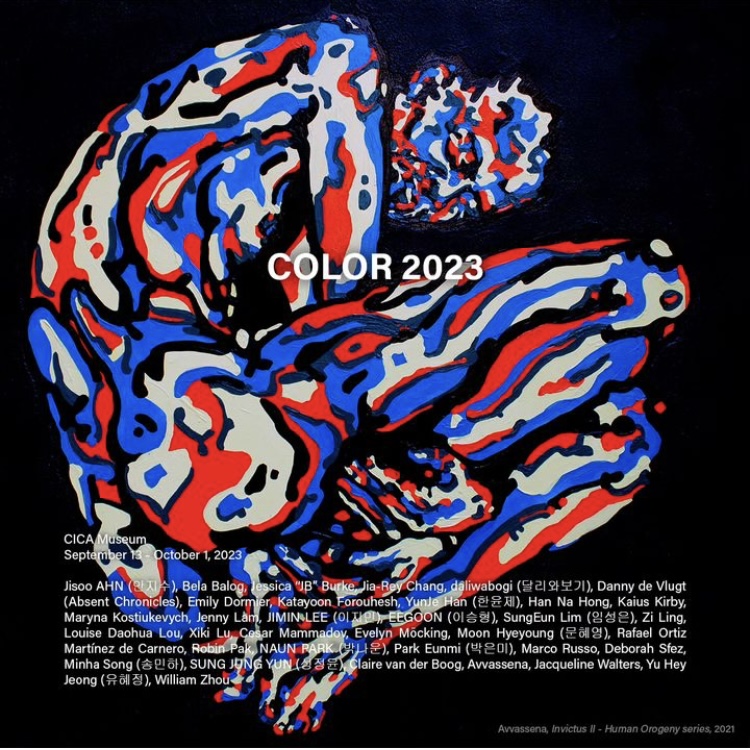
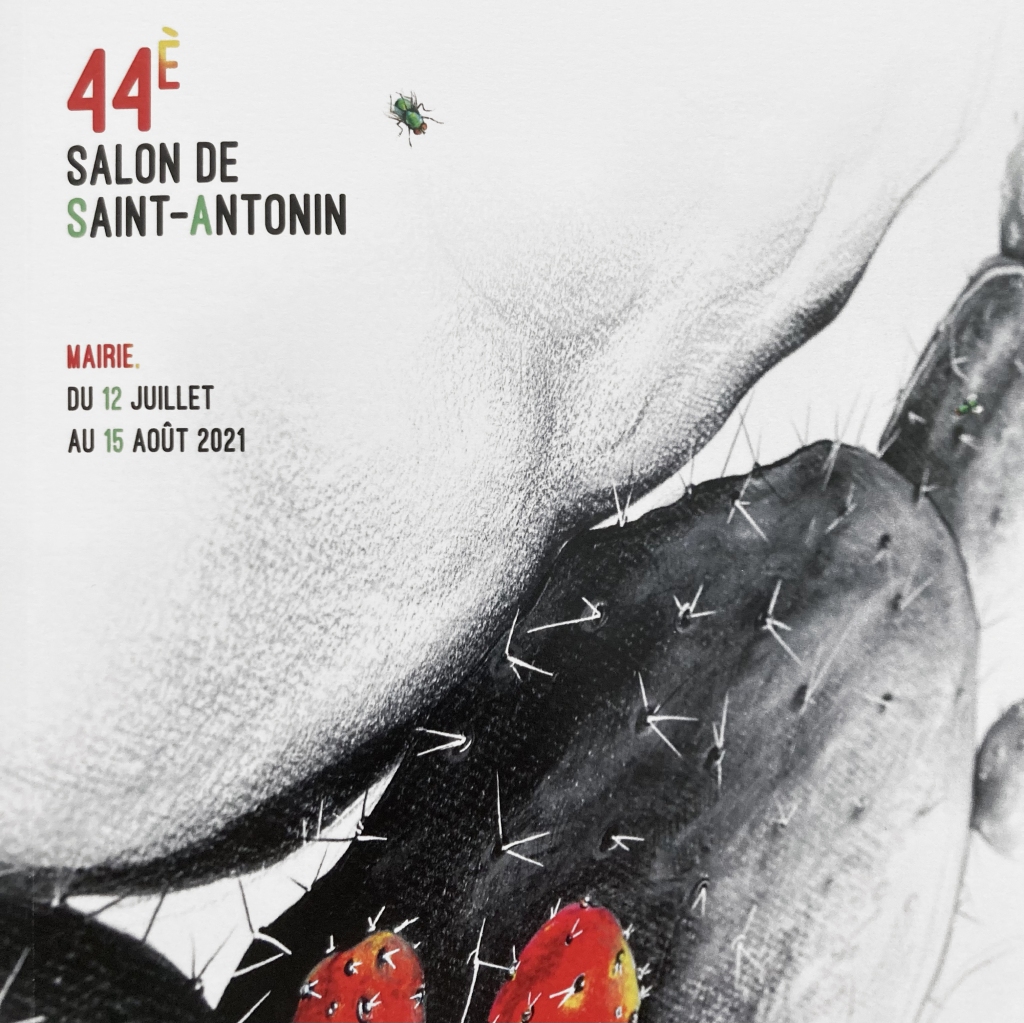
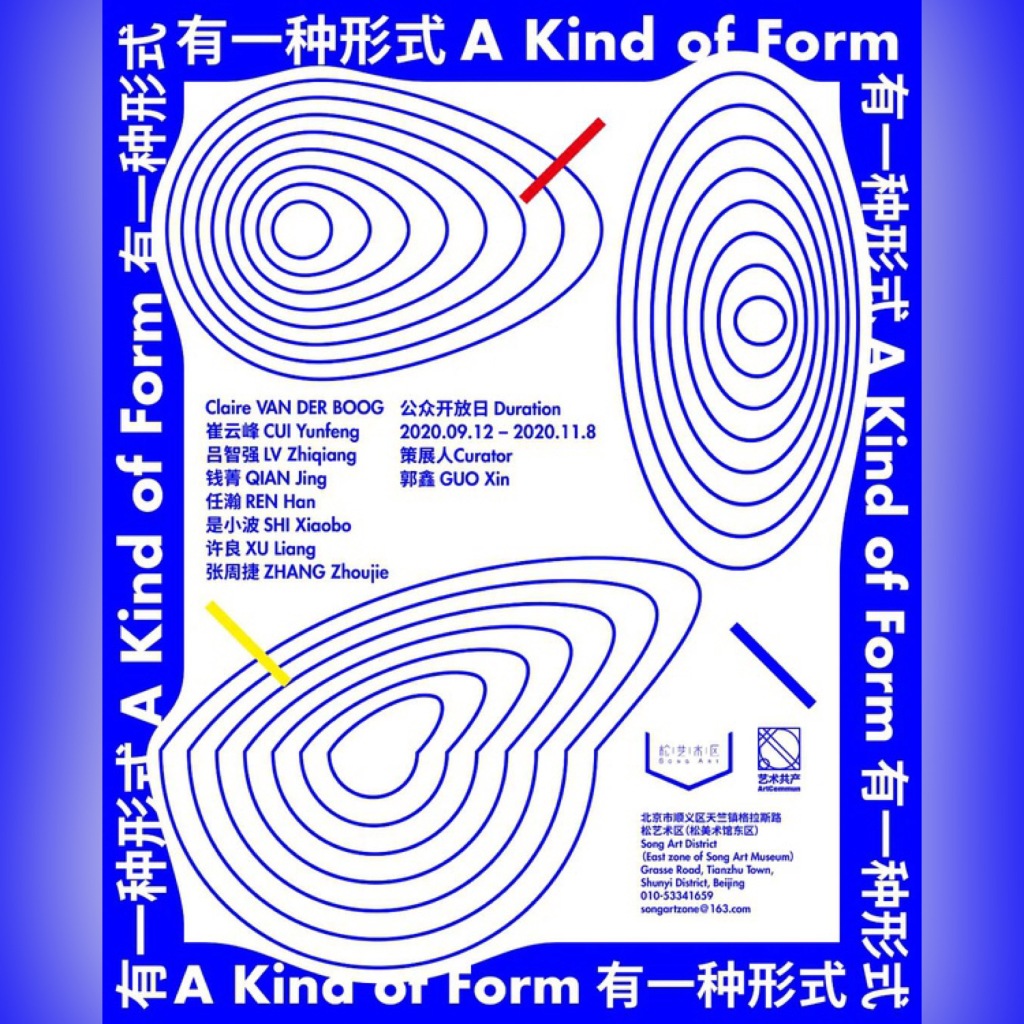
Get in touch
Art Critic Article
Questioning the space
« You cut a hole in the building and people can look inside and see the way other people really lived… it’s making space without building it »
These words by the artist Gordon Matta-Clark, famous for his architectural works produced in situ within the urban landscape, are uniquely echoed in Claire van der Boog’s work. This Franco-Dutch artist has made space her chosen focus for experimentation and conceptualises it through her work with a strong geometric focus, transforming the materiality of a place as well as how it is perceived by the observers. Claire van der Boog is inspired by what already exists in order to highlight and create, using subtle and minimalist accents resolutely, new relationships with space and a new narrative with architecture.
The artist directly intervenes within the space, architecture or even the exhibition picture rail to highlight its full and empty spaces, and its sounds and surrounding silences. In WILL-O’-THE-WISP, the sculpture made out of wood, glass and fluorescent lighting is displayed directly on the floor, positioned in the corner of the exhibition hall, therefore highlighting the geometry of the space as much as it divides it. CONC, TANC & LAMP is an optical illusion somewhere between conceptual and design art, which enables the plastic object to free itself from its base and leave the frame. Thus, this work aptly allows us to look at a history of conceptual art, or even a much older pictorial history, particularly in its relationship with perspective and its primary purpose of representing reality and the three-dimensional nature of architecture.
These experiments, these trajectories through a history of art also shine through the IMAGE OF IDENTITY work, an installation that moves in a sheet metal unit with mismatched legs, that welcomes the observer and gives them access to a new perspective and a completely different relationship with space. The works then become penetrable, situated within an in-between space in which the objects which, at first glance, are utilitarian, finally reveal a precarious balance. These chairs carry and transport the observers’ bodies within a new physicality; anything which is subjective has been chosen by the artist to explore the exhibition space. A LEOPARD CANNOT CHANGE ITS SPOTS. NEITHER CAN SPACE REMAIN RELATIVE is a work in which the artist invites the observers to put their heads through a hole into a cube to contemplate the infinite nature of space, which, as Gordon Matta-Clark put it, means “creating space without having to build it,” and thus inducing new ways of observing that feel natural and instinctive.
The artist attaches particular importance and attention to the balance of compositions and the juxtaposition of geometric shapes and colours. The VIEW OF A BOX and VIEW OF A ROOM series demonstrate an ability to present an analysed overview and a great potential to bring shapes and colours within the same creepage distance together and to connect them. A new refined recollection of the history of art is evident in Claire van der Boog’s plastic work, since it brings us back to the monumental anamorphosises of the famous architectural artist Felice Varini through this series of artwork. This reading of Claire van der Boog’s works allows us to gradually identify the cultural references alluded to and the area of conceptual art within which the artist flourishes and continues her current graphic explorations.
The artist’s techniques and materials used are mixed, the creations are conceptualised in advance using a computer and show remarkable fluidity and effortless relationship between the material work and the finish.
Finally, Claire van der Boog’s paintings and murals accompany her work as a visual artist like colourful manifestos that, through seemingly deceptive imagery, in a distortion of reality, question—between two and three-dimensions—the space itself and perhaps even attempt to define it. Do the contours themselves constitute the space or, on the contrary, do the voids, absences and consequently the non-existent automatically define and represent it? This perpetual questioning of space—architectural archaeology—in the history of art and in Claire Van der Boog’s work, presents architecture and its representations as possible blank canvases, terrains of infinite experimentation in which one can never rely on what is real or what one mentally perceives and one’s subjective experience.
SARAH GOURTAY
Translated from French